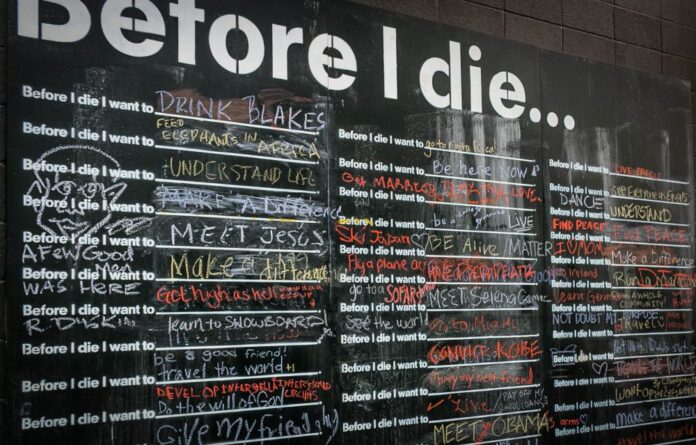“This article provides a new perspective on collaborative art as a transformational force to strengthen community and enhance well-being. We outline a best practices-based framework to foster community-based, collaborative art such as cocreated community murals. Specifically, we identify a strategic and successive process for collaborative art initiatives by integrating the academic literature on art, aesthetics, community, and consumer research together with the practices of arts organizations working to transform communities through participatory, cocreated art. The article highlights the contributions of this work to academic research, public policy, and community organizing efforts and outlines questions to encourage more researchers and practitioners to investigate the dynamics of collaborative art to transform communities” (Bublitz et al., 2019).
I chose to include this article because it talks about the emotional and community value of shared community artwork – something that I am not only passionate about but that is imperative to building community in a city like Columbus. Community initiatives have a profound ability to unite communities divided by natural disasters, violence, and redlining. By bringing the community together to work collaboratively on a shared project, these arts initiatives foster deeper connections not only between neighbors but between these individuals and their physical space.
For my capstone, and specifically my survey, I chose to look at a car’s ability to appropriately transport pieces of art and art supplies. I think this article is one example of the importance of having a vehicle that is able to do this. Imagine a community and its stakeholders have spent time and money to acquire the supplies necessary to complete a community arts project. There’s excitement in the air but when the supplies arrive a jar of paint has spilled over everything, ruining not only the car’s interior but also the community’s ability to come together to make this collaborative piece. The same could be said for damage to a work of art being transported or moved around a community – what would it signify to these people if a piece they have collectively spent hours working on is now no longer usable?
It’s important for stakeholders and community members to understand the importance of these collective art initiatives, but it’s also important that daily-use products also keep these situations in mind when designing for a variety of users.
References
Allen, E.N. (2017). Cincinatti, Ohio [Photograph]. Before I Die. https://beforeidieproject.com/wall/cincinnati-ohio/
Bublitz, M. G., Rank-Christman, T., Cian, L., Cortada, X., Madzharov, A., Patrick, V. A., Peracchio, L. A., Scott, M. L., Sundar, A., To, N., Townsend, C., (2019). Collaborative Art: A Transformational Force within Communities. Journal of the Association for Consumer Research, 4(4), 313-331. https://www.journals.uchicago.edu/doi/full/10.1086/705023




